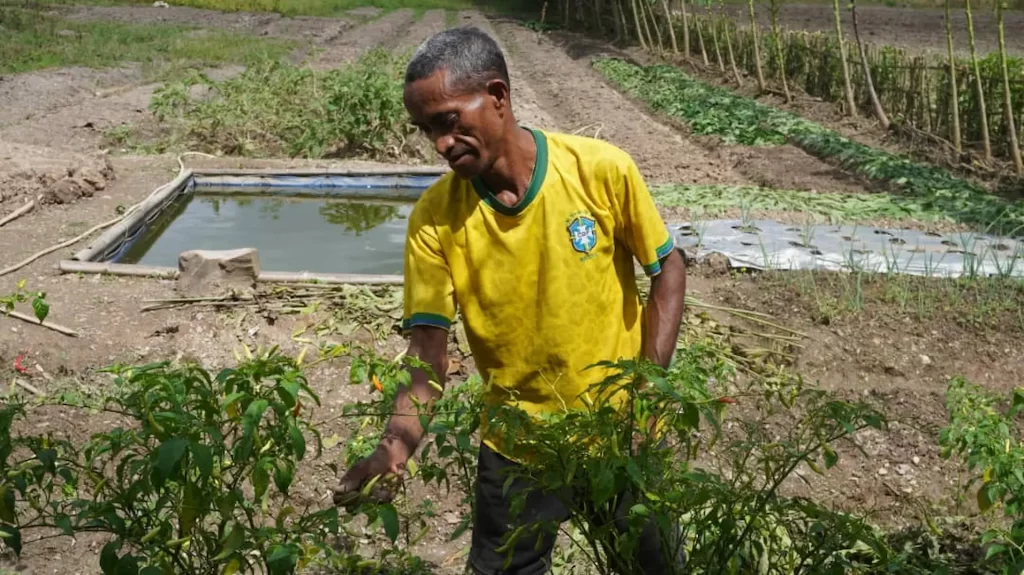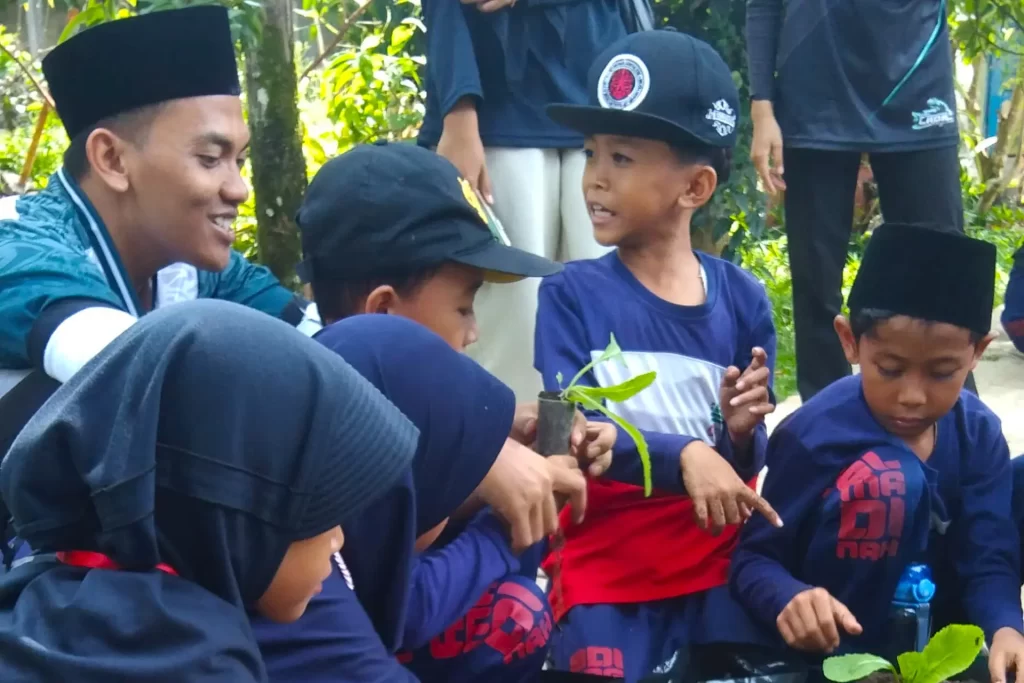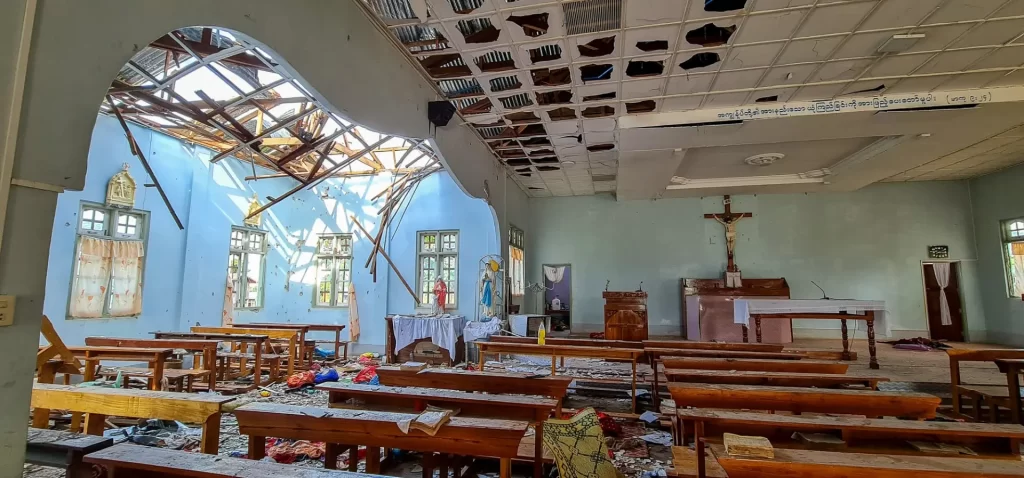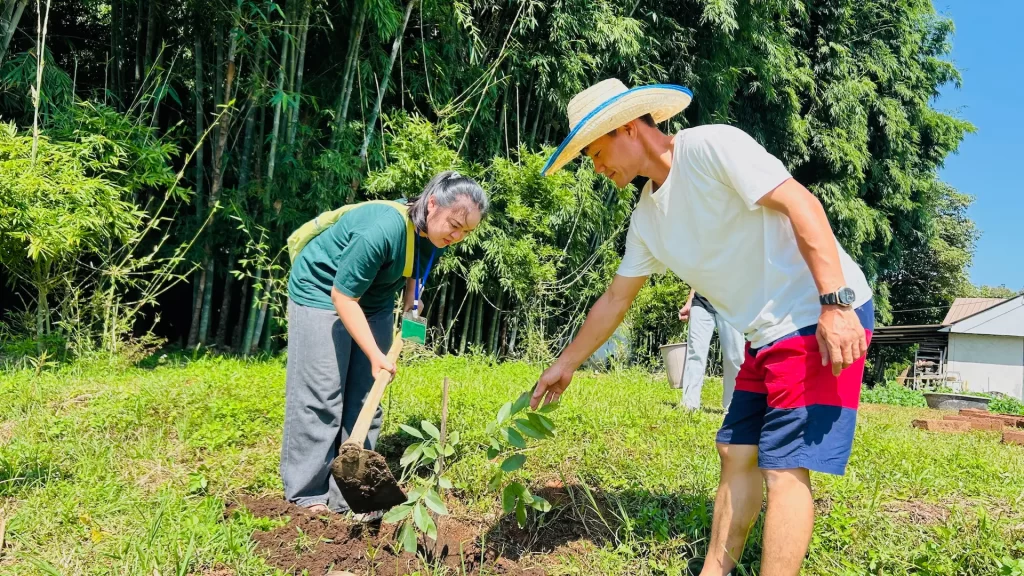Xavier University has now established its baseline data for solid waste management program. Through the Physical Plant Office (PPO), a trial run was conducted for one week and also during the special event of Xavier Days in order to estimate the different volumes of wastes being produced. Now that some data has been gathered, the challenge is to reduce wastes of 9-18 cubic meter per week by 50% and reinforce waste segregation project in the University.
Projected Activities, 1st Quarter 2011
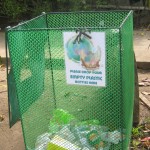
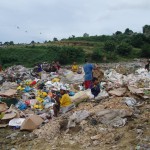
3. Composting of Yard Waste. About 17 bins or 680 liters of yard waste are produced weekly. The collected yard waste is expected to feed into the MANRESA composting area. The compost area is to be discussed given the estimated volume of yard waste.
4. Drainage Management. To add to the existing (one) biopori at the SE section of the soccer field at least 10 additional holes are to be dug to facilitate runoff infiltration. The appropriate design is to be discussed.
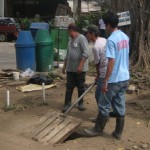
Further, acacia, narra, and talisay trees along the soccer field are to be off limits from students and staff to avoid soil compaction to facilitate better infiltration. The net wall at the north section of the soccer field might be extended to the fence the trees for protection.
5. Space Management. Building materials and rubbles, sand and gravel, woods, and dead trees are to be sorted.
6. Policy Review. The committee is set to meet in February 2011 to discuss the policy on solid waste management program for integration to broader environmental program of the university.
Reactivity of the Natural Biopori Processes in the University
Some areas that are supposed to be absorbing water are already built up areas. The developments and beautification activities are seen essential for keeping the campus in order and pleasant. To improve the overall physical development in the campus, natural processes need to be integrated in the overall design and landscaping activities.
The trees planted around the soccer field are planted to act as natural biopori. Given the complex root systems of these trees, they are expected to increase the flow of water into the ground and also absorb water thus lessen the problem of flooding. However, these trees are easily accessible by people and the soil is compacted limiting the water’s ability to infiltrate into the ground.
During rainy season, “spiking” the soccer field might be a good technique to try. This method creates holes in the ground for better drainage (this reducing compaction is used in some golf courses).
Related Documents:
- Tracking Waste Sample Form, (Download PDF)
- Physical Planning Office trial run, (Download PDF)
- Solid Waste Management Program, (Download PDF)

